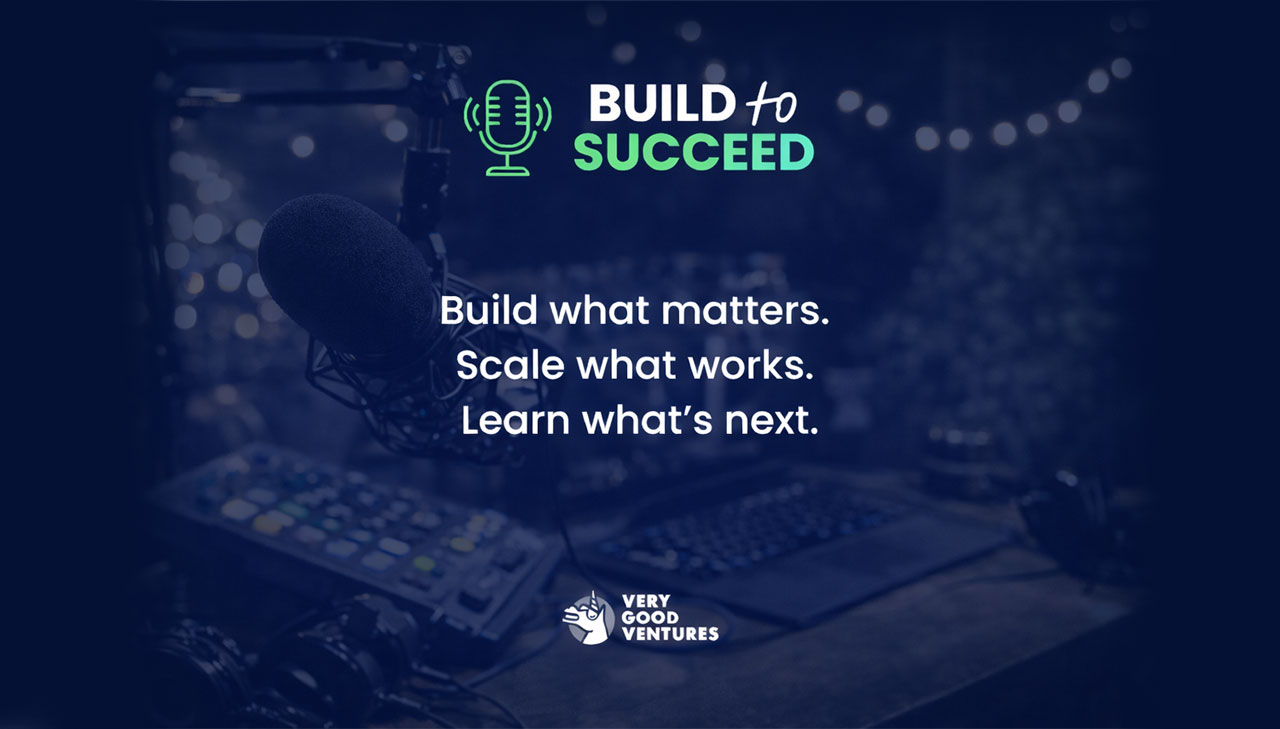Benefits of Flutter for Cross-Platform App Development
Learn the ways in which modern frameworks, and Flutter in particular, have transformed the concept of cross-platform development into a new, efficient multi-platform model.
.png)
No matter what your plan is for your new custom application, one thing is clear — it'll have to work well on multiple platforms. After all, you can't afford to leave behind the huge percentage of potential users with either iOS or Android devices. The question now becomes whether you should opt for native development or cross-platform development.
Running native development teams for each targeted platform may seem at first to be the most straightforward way to handle the issue, but in recent years, the alternatives have become more prominent. The appeal of native development via multiple teams of engineers has faded as frameworks like Flutter have enabled the development of powerful apps with a single code base.
So, in a world where multi-platform apps are as robust and capable as native mobile applications, is there a reason to maintain the siloed work structures and high headcounts of native app development? For many companies, the answer is no.
There's another wrinkle to consider, as well: App development that encompasses platforms beyond mobile, such as MacOS, Windows, Linux and the web, is an increasing presence in companies' custom app plans. Developing for two platforms with a single codebase is efficient. Developing for five platforms, so much more so.
Considering the state of the custom app development space points to a clear conclusion: not only is cross-platform mobile application development a good idea, but it has evolved into the even more meaningful concept of multi-platform development. To cope with this new landscape, it's time to find a reliable multi-platform development framework.
How Cross-Platform Became Multi-Platform: App Development Today
There are some circumstances where an app could be made available on only one platform — for instance, an internal custom app created for company-issued smartphones or tablets — these are vanishingly rare. In all other cases, organizations need to create apps for multiple platforms that deliver a uniformly strong user experience.
In addition to targeting the most common mobile device and computer operating systems and the web, there are also cases where it's worth creating a version of an app for a more esoteric platform, such as an internet of things (IoT) device. Each new platform a brand targets would significantly increase the complexity of native application development, calling for a whole new group of engineers to craft the user interface.
Reaching the widest possible audience should be a major priority for app development teams. This leads naturally into multi-platform development, and companies have been grappling with various strategies to help them meet that need.
Multi-platform vs. Multiple Teams: Evolving App Development
The rise of cross-platform development and its evolution into multi-platform development to encompass even more platforms is a reaction to all the challenges and complications of native apps developed for multiple operating systems.
The most obvious reason to opt for multi-platform development is cost. It's impossible to ignore the fact that setting up multiple mobile application development teams working on separate code bases requires a significantly larger headcount than working on a single codebase in Flutter. Add in the ongoing upkeep costs of maintaining all versions of the app over time, and the expenses increase further.
Siloing and communication issues can pose additional challenges. Achieving perfect alignment between the various teams working across different platforms is difficult, and this can cause delays to bug fixes or new feature roll-outs.
There's also the issue of scalability in general. Maintaining one codebase over time is a simpler feat than working on multiple versions. This is critical for apps that are intended to grow and evolve organically over time, providing positive user experiences for years to come.
To overcome the challenges and seize the advantages, brands are shifting to multi-platform software development. Their choice of app development framework can set the tone for how these shifts go. Flutter is a frequent selection — and the preferred option of our Very Good team.
Benefits of Flutter as Your Cross-Platform App Development Framework
Why work with Flutter instead of React Native or another competing platform? This choice is one that companies have to make on a case-by-case basis. For instance, there may be a strong preference among available software engineers for one programming language or another.
With that said, our team has been involved with Flutter development since the framework's debut in 2018. In fact, we built the official Hamilton mobile app — the first app built with Flutter outside of Google. We are very familiar with the ins, outs and impactful features of the Google-powered offering.
Get more info on our Very Good approach to developing apps.
Power Under the Hood: Powered by Dart
Flutter uses the modern, open-source programming language Dart and is designed to be pleasant and intuitive to use, with a strong open-source community component. Its unique hook as a platform comes from how the codebase works across devices: Software engineers write their code in Dart, using native code for each targeted platform. It's truly possible to write code once, and then have it run on each platform, creating a beautiful and consistent user interface.
Support for the Web and Desktop Operating Systems
While app development today primarily means "mobile app development," there is value in reaching users beyond what's possible with iOS app and Android app development. This is an area where Flutter shines, as over the years its development team has added support for web app development alongside MacOS, Windows and Linux. This allows the single codebase to go further and reach a potentially huge new audience.
A Helpful Community and Assistance from Google
Some development cases are esoteric and open up the need for new packages, plugins or capabilities. Flutter's relative newness as a framework is countered by its vast app developer community creating new open-source UI components. The team at Google is also responsive to user feedback and constantly pushing Flutter in new directions.
All The Advantages of Multi-Platform Development
Beyond the specifics of Flutter, it's important to remember that simply by choosing a multi-platform app design and software development strategy, organizations are saving themselves time, money and effort.
Choosing Flutter isn't just an option for companies starting the development of a new app from scratch. It's also possible to shift existing software to Flutter one component at a time. This consolidation helps companies lock in a scalable, low-overhead future for their most important applications.
Learn more about what happens when an app developer shifts to Flutter.
Best Practices for Cross-Platform App Development Today
The technical framework is one component of successful app development. The other is the practices that go into the actual design and development of the software, from pre-release conceptualization through ongoing post-release support.
Teams that are careful every step of the way, taking full advantage of the ease granted by working in Flutter, are setting themselves up for long-term success with the digital products they build. There are best practices to remember and stick with throughout the development process, phase by phase:
The Build Phase
Building an app begins with a product roadmap and a quality assurance framework. Having these in place before development really gets underway is a good way to ensure the resulting application stays on track leading up to launch and for years afterwards.
An organized and well-regimented single-codebase development process can get an app to launch in a relatively short time without compromising the feature set — an important consideration because the app can't start to generate a return on investment until it launches.
The Scale Phase
Launching an app following multi-platform development, with a shorter timeline and more features at launch than would be possible through native application building, gives companies a head start on the scale phase. From here, it's time to stick to the roadmap and roll out additional features.
With one unified team and plenty of available mobile development resources, it's relatively easy to follow a best-practices approach to early scaling up. Capturing and retaining an audience is easier when the app has launched feature-rich and accessible on different platforms like the web, and there are fewer support needs. This leaves team members free to keep developing.
The Maintenance Phase
Maintaining an app on an ongoing basis comes with its own challenges — difficulty retaining engineering talent, the need to keep up with bug fixes while also rolling out new features and more. Using Flutter helps companies take a suitable approach to multiple issues.
For instance, having a single mobile development team often prevents silos and misalignment from slowing down the bug-fixing process. Dealing with simple tech stacks and running with a smaller headcount are factors that limit the impact of skills shortages.
Dive more into how Flutter can help you scale your products.
Reaching Audiences on Every Platform
The best time to start developing with Flutter is right now. An organization that plans to launch a flagship custom mobile application in the months ahead can set that project up for success, while a business that is already maintaining an app in production can shift features to Flutter for easy upkeep.
With a multi-platform approach, it's easier than ever to future-proof an application and keep its user experience stronger for longer, even as audience expectations steadily rise.
Insights from Our Experts

What Is GenUI? How Generative User Interfaces Will Redefine Hospitality In 2026
Lorem ipsum dolor sit amet, consectetur adipiscing elit. Suspendisse varius enim in eros elementum tristique. Duis cursus, mi quis viverra ornare, eros dolor interdum nulla, ut commodo diam libero vitae erat. Aenean faucibus nibh et justo cursus id rutrum lorem imperdiet. Nunc ut sem vitae risus tristique posuere.

Today’s Engineering & Product Leadership: 5 Lessons From Build to Succeed
Lorem ipsum dolor sit amet, consectetur adipiscing elit. Suspendisse varius enim in eros elementum tristique. Duis cursus, mi quis viverra ornare, eros dolor interdum nulla, ut commodo diam libero vitae erat. Aenean faucibus nibh et justo cursus id rutrum lorem imperdiet. Nunc ut sem vitae risus tristique posuere.

How SoFi Scales Mobile Engineering with Flutter and AI
Lorem ipsum dolor sit amet, consectetur adipiscing elit. Suspendisse varius enim in eros elementum tristique. Duis cursus, mi quis viverra ornare, eros dolor interdum nulla, ut commodo diam libero vitae erat. Aenean faucibus nibh et justo cursus id rutrum lorem imperdiet. Nunc ut sem vitae risus tristique posuere.

